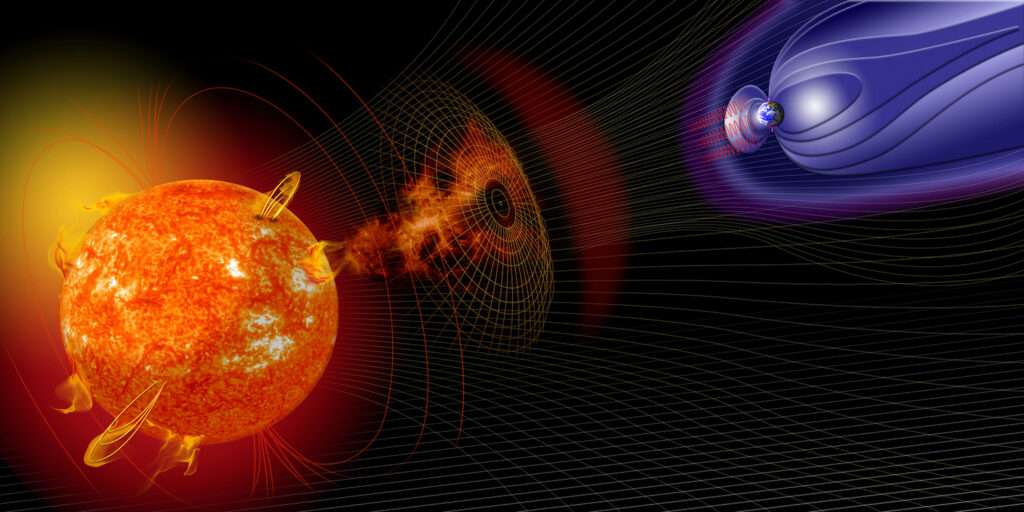Recent intense solar storms have disrupted Elon Musk’s Starlink satellite network, causing multiple satellites to lose altitude and re-enter Earth’s atmosphere prematurely. The heightened solar activity, coinciding with the peak phase of the sun’s 11-year cycle, has triggered strong geomagnetic storms, which in turn increased atmospheric drag at low Earth orbit (LEO) altitudes.
SpaceX confirmed that several Starlink satellites operating approximately 340 to 550 kilometers above Earth experienced increased resistance from the expanded upper atmosphere, resulting in rapid orbital decay. The company explained that the solar storm’s charged particles heated and expanded the Earth’s thermosphere, making it denser and more difficult for satellites to maintain their trajectories.
Elon Musk addressed the issue publicly, noting that although the Starlink constellation was built to withstand many environmental challenges, this latest surge in solar activity was exceptionally severe. He stated that SpaceX engineers are actively working on improved shielding techniques and enhanced orbital management strategies to reduce the impact of future solar weather events.
This incident highlights the growing challenges posed by space weather to satellite operations worldwide. Organizations such as NASA and the National Oceanic and Atmospheric Administration (NOAA) have issued alerts, warning satellite operators to take precautionary measures during periods of high solar activity. The risks include not only operational disruptions but also the potential for increased space debris from uncontrolled satellite reentries.
Industry experts emphasize the importance of advancing space weather forecasting and satellite design to safeguard the expanding space infrastructure. With over 5,000 Starlink satellites currently in orbit and plans to deploy many more, ensuring resilience against geomagnetic disturbances is critical to maintaining global connectivity.
This event serves as a clear reminder of the impact that natural solar phenomena can have on human-made space technology and the need for ongoing innovation to protect vital space assets.



